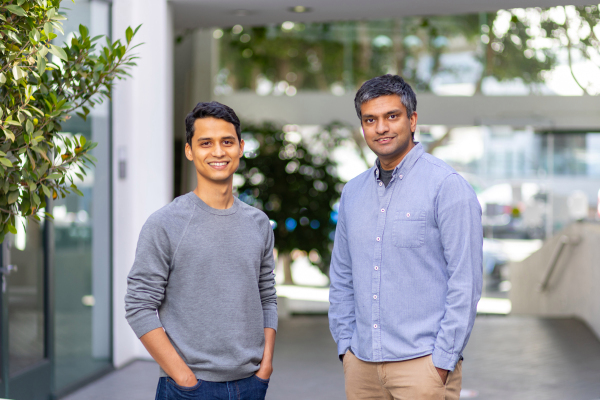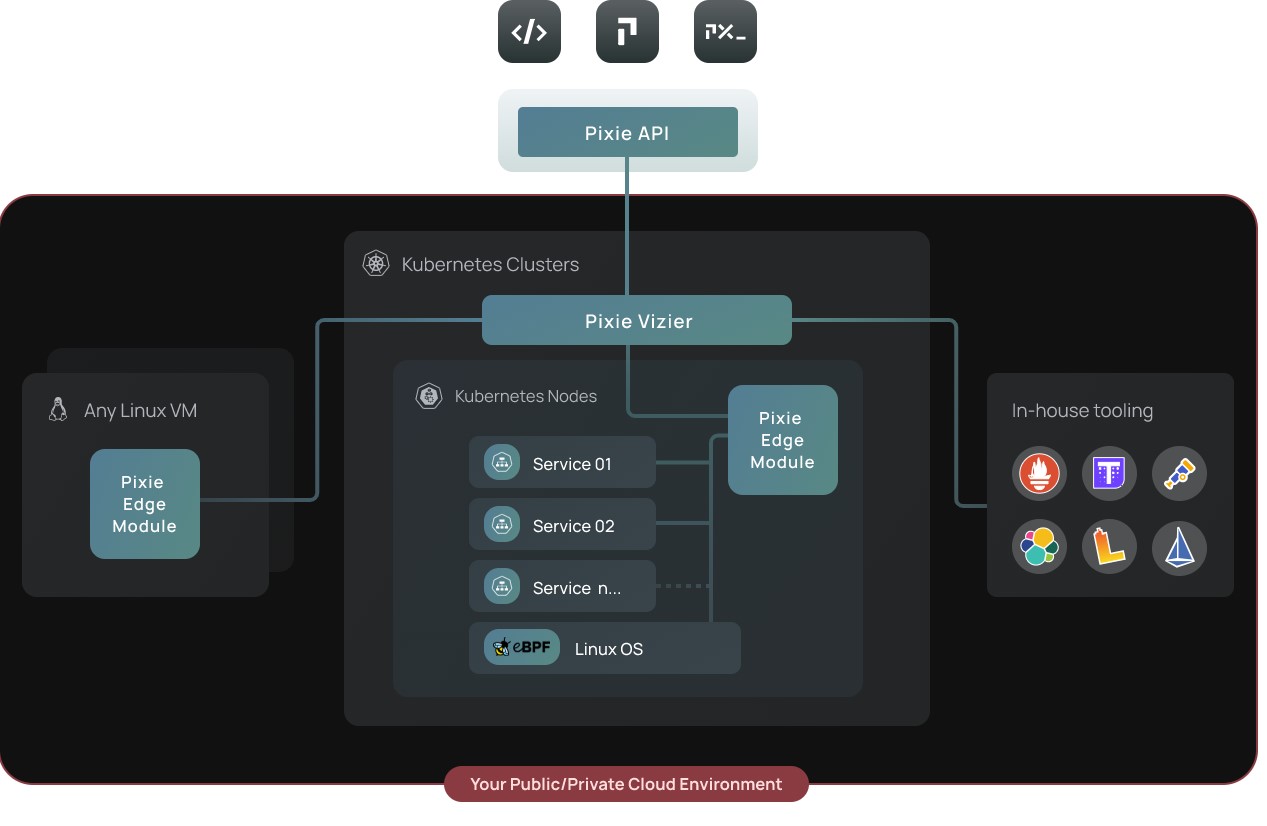Pixie, a startup that provides developers with tools to get observability into their Kubernetes-native applications, today announced that it has raised a $9.15 million Series A round led by Benchmark, with participation from GV. In addition, the company also today said that its service is now available as a public beta.
The company was co-founded by Zain Asgar (CEO), a former Google engineer working on Google AI and adjunct professor at Stanford, and Ishan Mukherjee (CPO), who led Apple’s Siri Knowledge Graph product team and also previously worked on Amazon’s Robotics efforts. Asgar had originally joined Benchmark to work on developer tools for machine learning. Over time, the idea changed to using machine learning to power tools to help developers manage large-scale deployments instead.
“We saw data systems, this move to the edge, and we felt like this old cloud 1.0 model of manually collecting data and shipping it to databases in the cloud seems pretty inefficient,” Mukherjee explained. “And the other part was: I was on call. I got gray hair and all that stuff. We felt like we could build this new generation of developer tools and get to Michael Jordan’s vision of intelligent augmentation, which is giving creatives tools where they can be a lot more productive.”
The team argues that most competing monitoring and observability systems focus on operators and IT teams — and often involve a long manual setup process. But Pixie wants to automate most of this manual process and build a tool that developers want to use.
Pixie runs inside a developer’s Kubernetes platform and developers get instant and automatic visibility into their production environments. With Pixie, which the team is making available as a freemium SaaS product, there is no instrumentation to install. Instead, the team uses relatively new Linux kernel techniques like eBPF to collect data right at the source.
“One of the really cool things about this is that we can deploy Pixie in about a minute and you’ll instantly get data,” said Asgar. “Our goal here is that this really helps you when there are cases where you don’t want your business logic to be full of monitoring code, especially if you forget something — when you have an outage.”
At the core of the developer experience is what the company calls “Pixie scripts.” Using a Python-like language (PxL), developers can codify their debugging workflows. The company’s system already features a number of scripts written by the team itself and the community at large. But as Asgar noted, not every user will write scripts. “The way scripts work, it’s supposed to capture human knowledge in that problem. We don’t expect the average user — or even the way above average developer — ever to touch a script or write one. They’re just going to use it in a specific scenario,” he explained.
Looking ahead, the team plans to make these scripts and the scripting language more robust and usable to allow developers to go from passively monitoring their systems to building scripts that can actively take actions on their clusters based on the monitoring data the system collects.
“Zain and Ishan’s provocative idea was to move software monitoring to the source,” said Eric Vishria, General Partner at Benchmark. “Pixie enables engineering teams to fundamentally rethink their monitoring strategy as it presents a vision of the future where we detect anomalous behavior and make operational decisions inside the infrastructure layer itself. This allows companies of all sizes to monitor their digital experiences in a more responsive, cost-effective and scalable manner.”
[ad_2]
Source link




